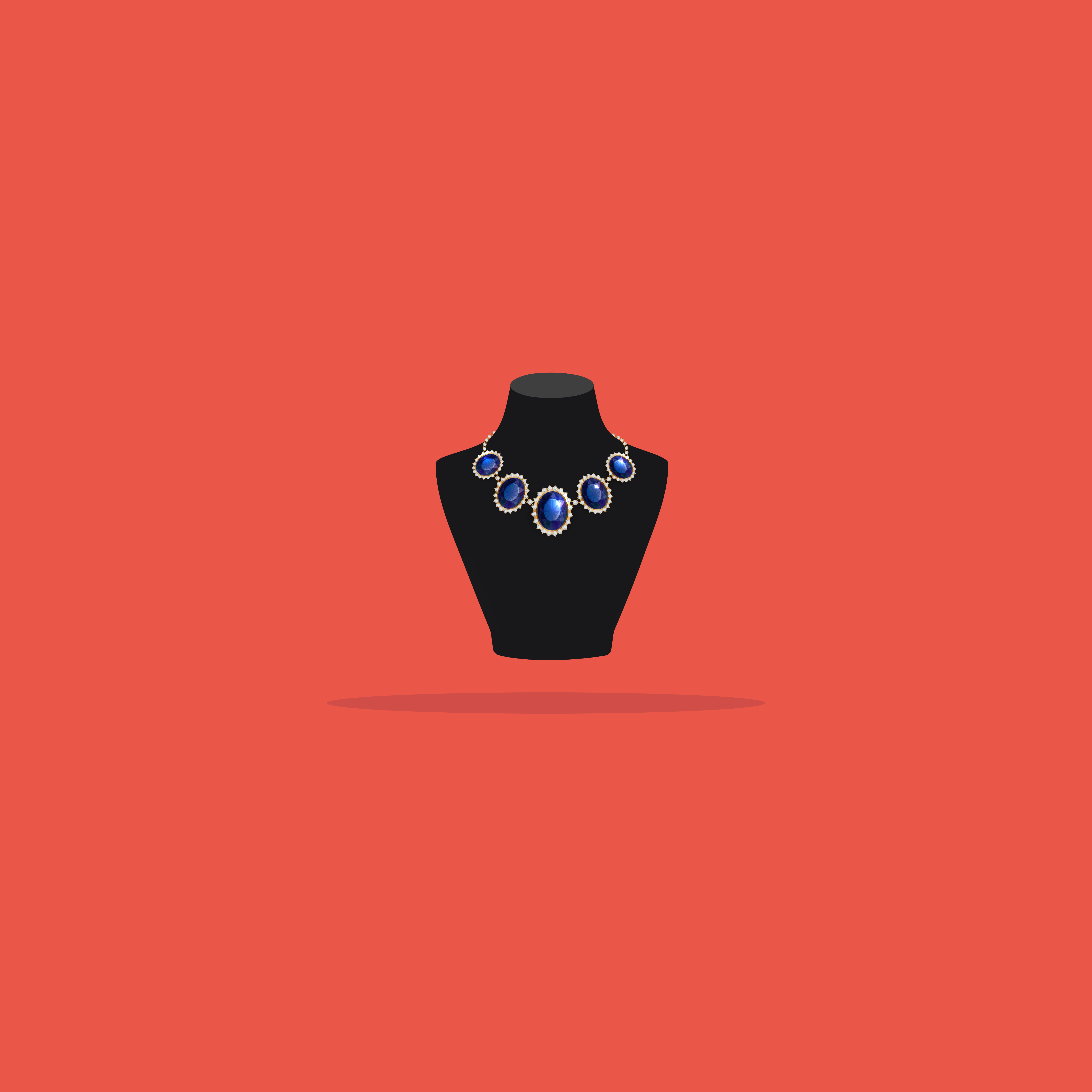Our websites use cookies. By continuing, we assume your permission to deploy cookies as detailed in our Privacy Policy.
Personalization is the New A/B Testing
A/B testing has been one of the greatest marketing strategies for many years. But in recent times, the game has changed. Ecommerce personalization has come to the fore, and many marketers now prefer it, believing that it is a more effective approach for onsite marketing. While A/B testing has traditionally been the go-to method for website optimization, it does have some significant drawbacks:
- It requires time to observe the two response groups. Sometimes this could take weeks to gather enough data to base decisions on.
- Every single component of the website must be tested individually. This is the only way to get accurate results on what differences impact engagement and sales.
- A/B testing still addresses wider audiences, rather than individual customers.
Compare that to ecommerce personalization. This form of marketing is all about personalizing product recommendations and messaging for individuals, depending on their interests, onsite behaviors, and purchasing history. Being able to hone the focus of your onsite marketing is extremely useful in the modern age.
How Is Ecommerce Personalization a Better Version of A/B Testing?
Once you have it in play, you’ll see some big differences between personalization and A/B testing.
1. You Don’t Offer a Bigger CTA Button. You Offer the Exact Products Your Customers Are Looking for.
Think about it. If you are already offering your customers exactly what they want, then there’s no need to try and convince them to buy, right? With A/B testing, companies can try out two versions and make conclusions on which is the better choice, based on your audience’s average response.
Personalization enables companies to serve multiple variations of their site, each tailored to the specific interests of individual visitors. A lot of marketers are jumping on the trend, creating several landing pages for different buyer personas or campaigns. When done right, multiple versions of your site will generate much better returns than just one or two options.
2. You Can Do It In Real-Time.
Machine learning technology is truly spectacular. It can recognize the onsite behavior of your visitors in real-time, rapidly analyze the data, then optimize your site to deliver personalized product recommendations, content, and banners that are more closely aligned with that individual visitor’s interests and behaviors. A/B testing doesn’t stand a chance against this kind of marketing technology. With machine learning at the foundation of your personalization strategy, your company can benefit from:
- Faster Results – It won’t take weeks to make data-driven conclusions. Predictive analysis is rapid, and this allows you to experiment with many more site variations simultaneously, allowing for faster learning and quicker growth.
- Better Results – Ecommerce personalization offers the most relevant content and online shopping experience to each individual user. Machine learning also continues to learn, which allows it to adjust and improve personalization over time.
- Less Work – A/B testing is never a “set and forget” job. You have to be monitoring it constantly. Personalization, on the other hand, is largely automated, which frees up your marketers to invest their time in new ideas for company growth.
3. What About the Group in A/B Testing That Chose the Losing Option?
A/B testing boils down to the most popular opinion. But what happens to all those customers that choose the losing option? Do all these prospects slip through your fingers? It doesn’t have to mean that. If you can implement ecommerce personalization into your onsite marketing, it will probably never mean that. By tracking the likes, needs, and actions of every visitor, it’s possible to optimize the site so that everyone is happy. There is no losing side, and no customer is left behind.
When you get started with A/B testing, it should never be a one-off event. After getting the results, you should move to apply the lessons to another aspect of your site. Similarly, ecommerce personalization is an ever-evolving strategy for continuous growth. The more traffic that comes to your site, the more you can learn, especially when repeat visitors return and provide more data on their habits and interests.
A/B Testing Is Just a Verification Tool, Personalization Is Much More
When a company uses A/B testing, they discover the best choice for the majority of their audience, but they still don’t know what is best for the smaller segments within their customer base. They are still appealing to the wider masses, rather than the individual customer. People want that exclusive feel when they shop online. They want to feel like they are the only person in the store.
Ecommerce personalization makes that possible.
A/B testing demands a large group of users in order to give you valuable insights. Personalization only needs data from a small group, and with solid machine learning in place, you can drill down to micro-segments. To really change the fortunes of your business, marketers must follow up the results of any A/B test or personalization campaign.
These two strategies may be compared like alternative options, but there is true potential for serious growth by combining them. Where A/B testing fails to give deep insight into your audience, you can implement personalization to offer more varied pages and products, which will likely give you better results and validation on your original ideas.
A/B testing still has its place for large sections of your audience. But bringing personalization into your ecommerce marketing will undoubtedly give you much more insights on your audience – and your campaign ideas. Over time, this will lead to greater website optimization and increased customer satisfaction. Best of all, it will do wonders for your marketing ROI and bottom line.








